Nowadays, we are told that jubilee beacons originated with the Spanish Armada, and ought to be fire baskets mounted on poles, but our present knowledge of the Armada beacons dates from research done in the 1930s.
In fact, the jubilee bonfires have their origins in Scotland.
There is a long tradition of lighting bonfires on hilltops to celebrate births of an heir, coming of age, and weddings on Scottish estates. The farming tenants would organise themselves to build bonfires and, often, there was competition between communities to build the biggest and the best.
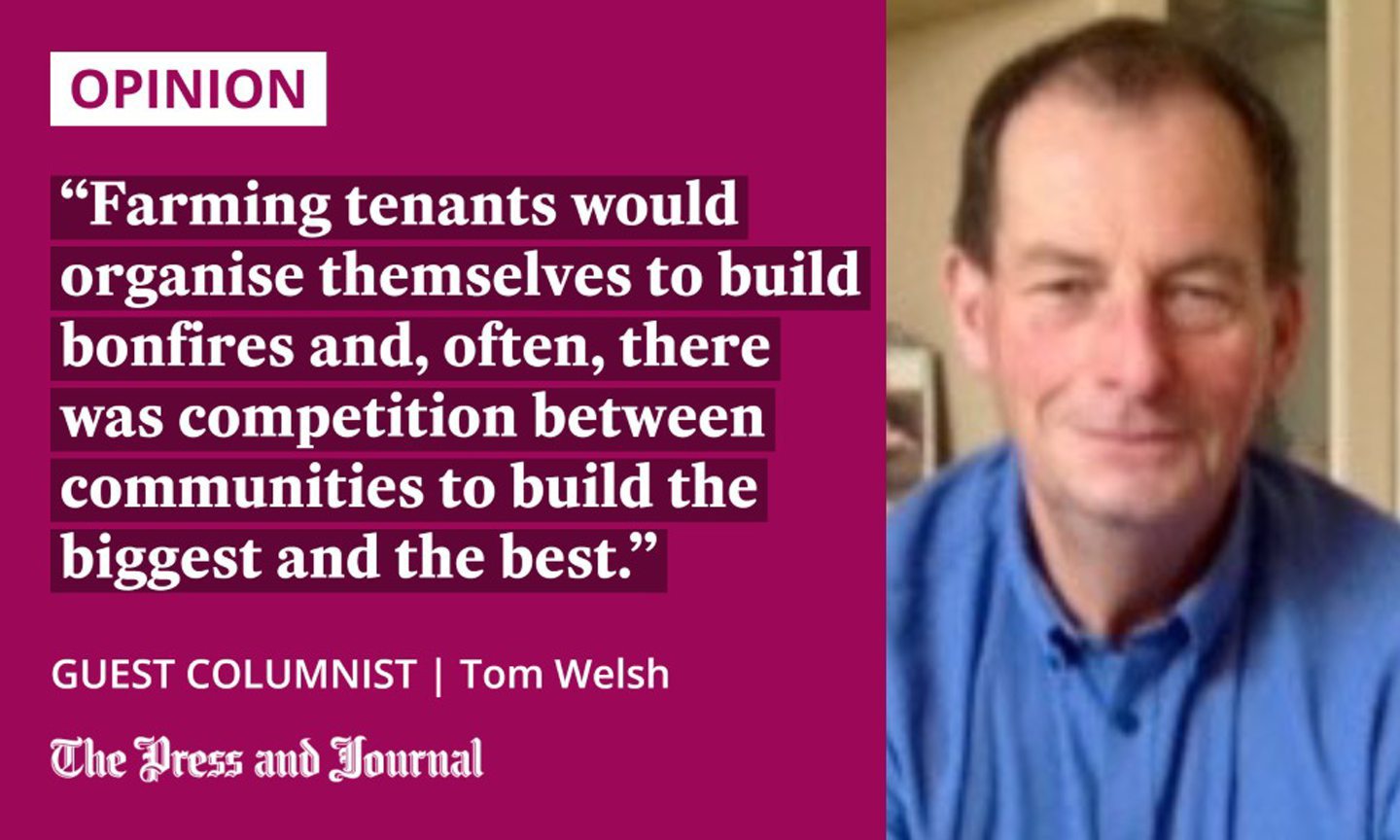
For example, in February 1805, at the coming of age of the fourth Earl of Aberdeen (after his father died in 1801), 800 guests dined at Haddo House, near Methlick, 20 miles north of Aberdeen. Bonfires were raised on every hill and every farm on the estate, to show loyalty to the Earl and joy at the event.
The tenants danced to the sound of bagpipes until seven in the morning, no doubt also well-provided with whisky. At some point the dinner guests would have stepped outside to see the bonfires lit all around. The newspapers, while mainly concerned with the dinner speeches, always took note of the bonfires.
When Queen Victoria visited Scotland in 1842, fires were lit on hilltops for 20 to 30 miles in all directions around Edinburgh on August 31, while the royal fleet was moored in the Forth estuary.
These fires aroused a great deal of interest in the newspapers, and descriptions were relayed around the south of England. It inspired English estates to adopt the same mode of celebration.
Macaulay’s imagery caught people’s imagination
In 1856, it was decided to light a large bonfire on Worcestershire Beacon near Malvern, to find out how far away it could be seen. The idea was inspired by Lord Macaulay’s Armada poem, published in 1842, which described hilltop bonfires relaying the news of the invasion from Plymouth to Carlisle.
When it came to Queen Victoria’s Golden Jubilee in 1887, a call went out to light bonfires on as many hilltops as possible around the kingdom
Macaulay’s poem was fanciful, as there would have been nothing gained from warning Carlisle of Spanish ships in the Channel, but the imagery caught people’s imagination.
Networks of hilltop bonfires became a common feature of royal events, such as at the wedding of the Prince of Wales (the future Edward VII) in 1863, and the wedding of Princess Louise to the heir of the Duke of Argyll in 1871.
So, when it came to Queen Victoria’s Golden Jubilee in 1887, a call went out to light bonfires on as many hilltops as possible around the kingdom. Malvern took the lead again, with Skiddaw being another important site.
Armada connection is a myth
Aberdeen responded with many large bonfires on high points all around. One of these, above Torry Hill farm, south-east of Aberdeen, where there is now an estate planned around circles, was the victim of sabotage. The bonfire had been constructed a week in advance, containing 43 tons of material, enclosed with a fence, and with a watchman on duty day and night.
Five days ahead of time, the guard was knocked unconscious, and the bonfire lit just after midnight, being well advanced by the time firefighters arrived. The bonfire was rebuilt by volunteers, nearly twice the size, using 80 tonnes of material and reaching 40 feet high and 99 feet in circumference. It was very successfully lit on June 21.
Baskets on posts are better for the environment, which is a sound reason for this approach taking over in modern times. But, the idea that the Armada beacons were the direct inspiration for the jubilee and coronation bonfires is a myth.
Moreover, the current propaganda says that the 1897 Diamond Jubilee was the first occasion for which they were lit. In truth, it is merely the first date on which they were organised from London.
Tom Welsh is a retired lecturer, who taught environmental science at Northampton University. His book, Hilltop Bonfires: Marking Royal Events, is a swansong to the bonfires
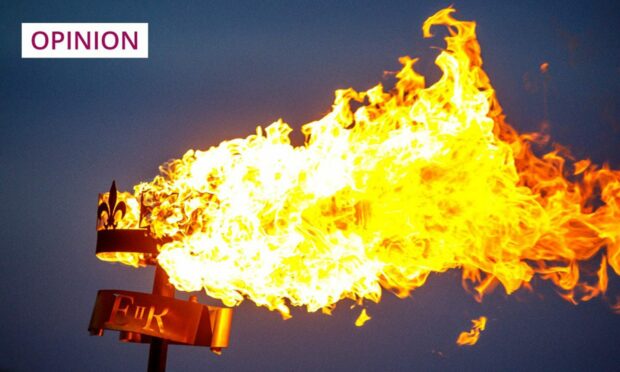
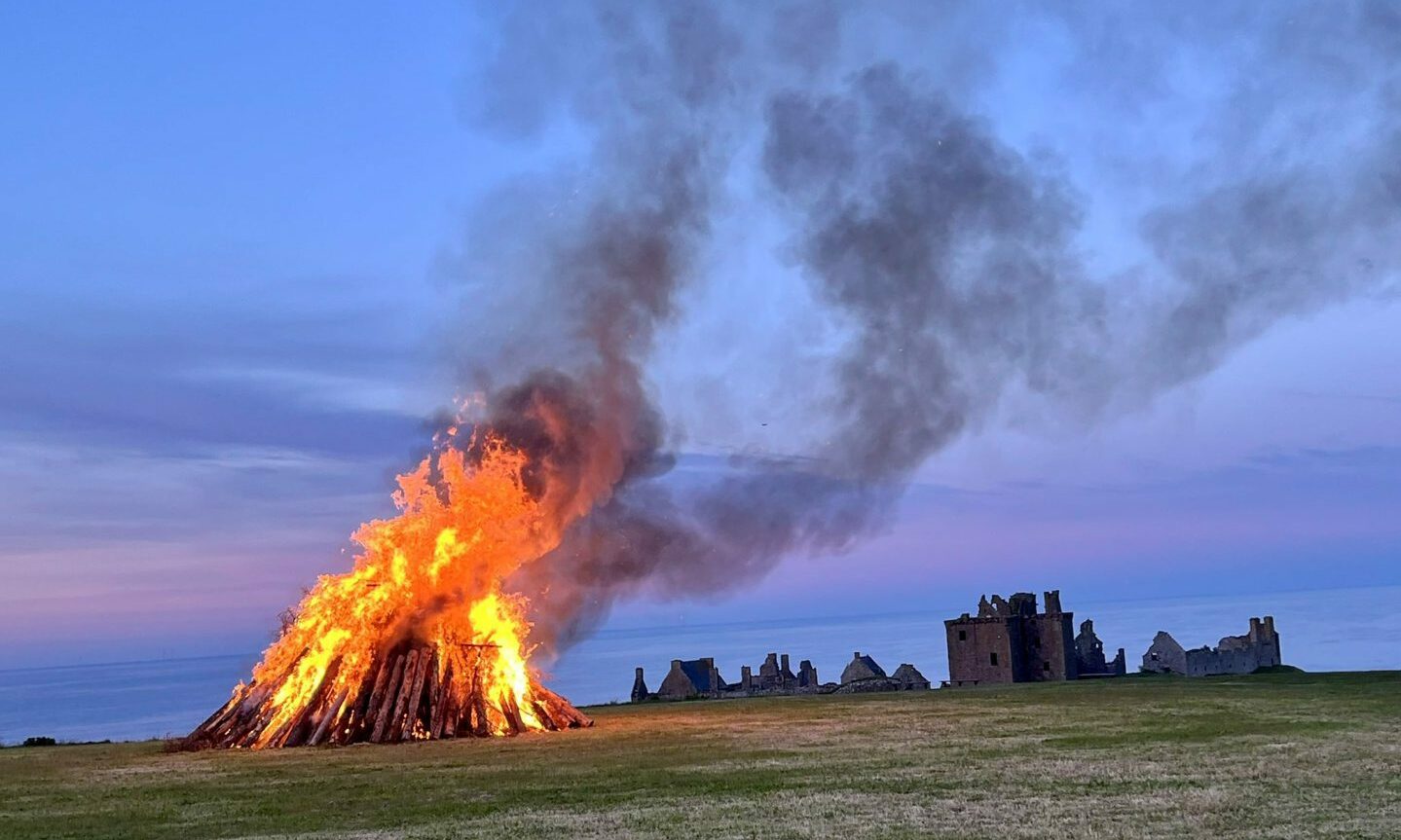
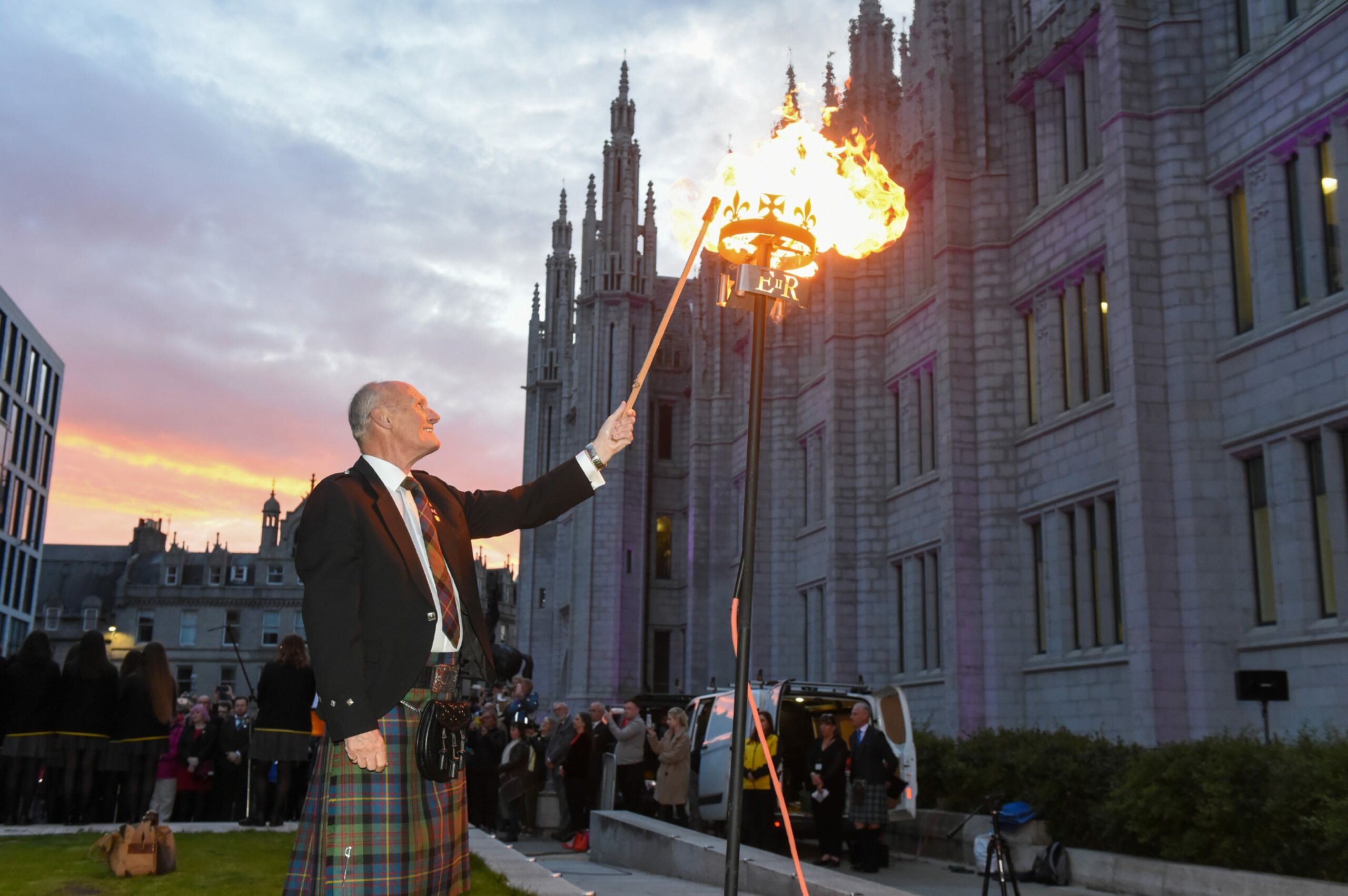
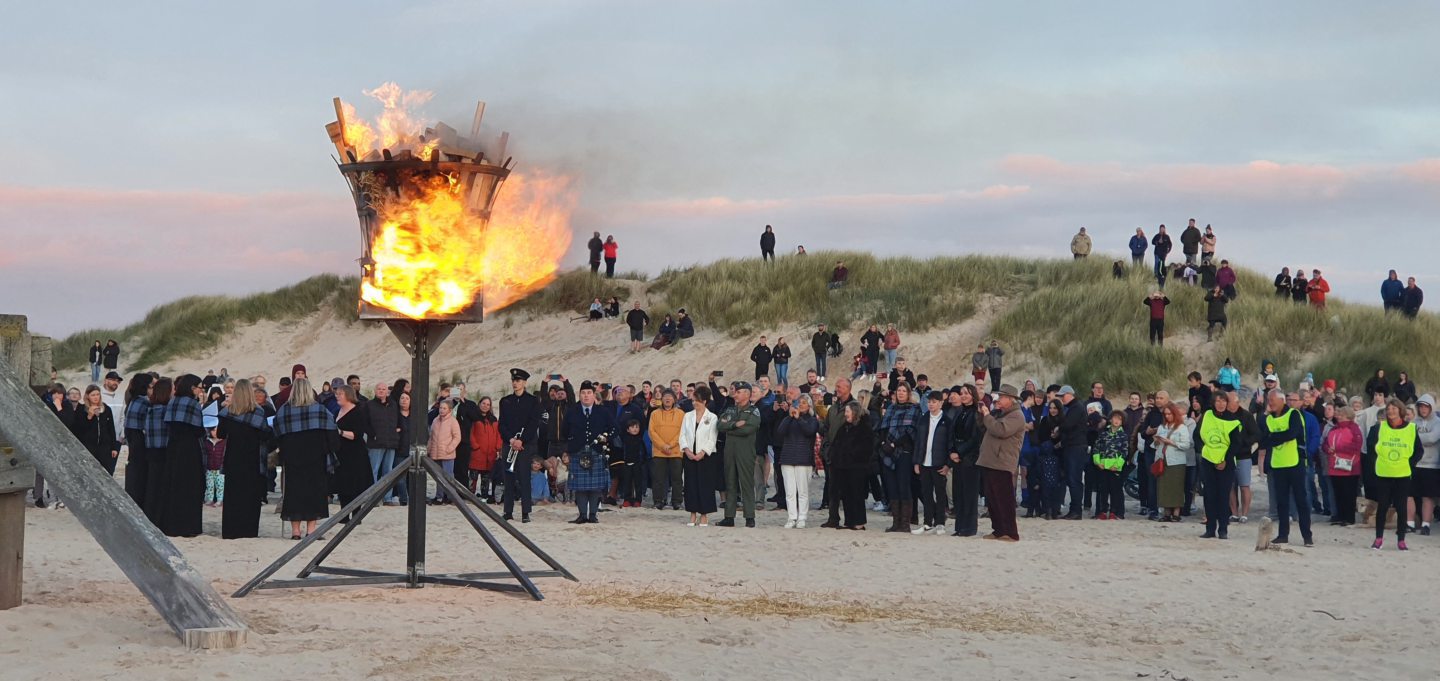
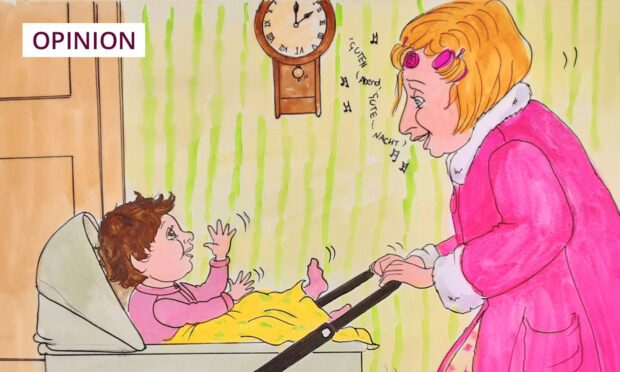
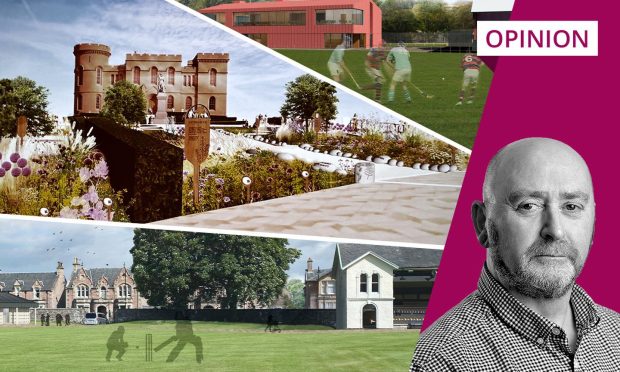
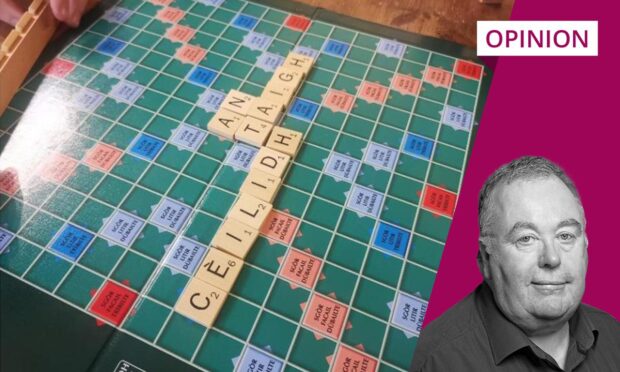
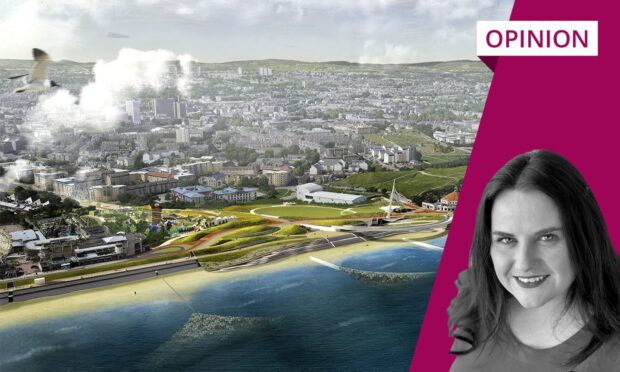
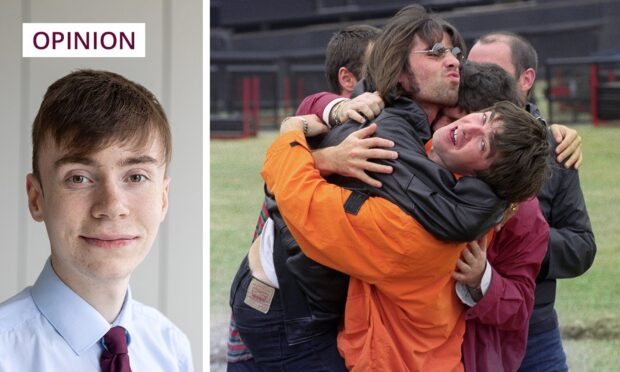
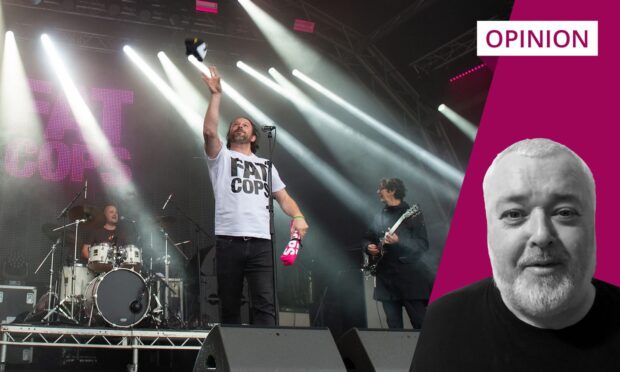
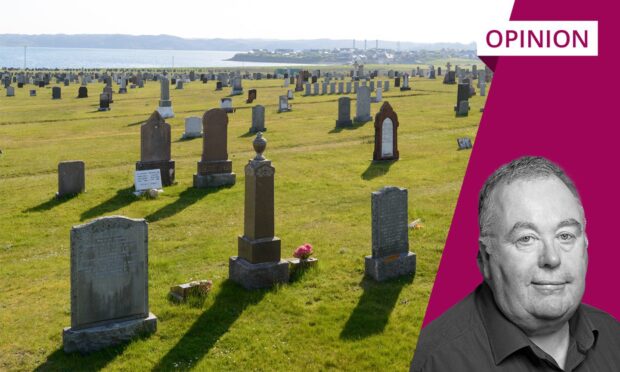
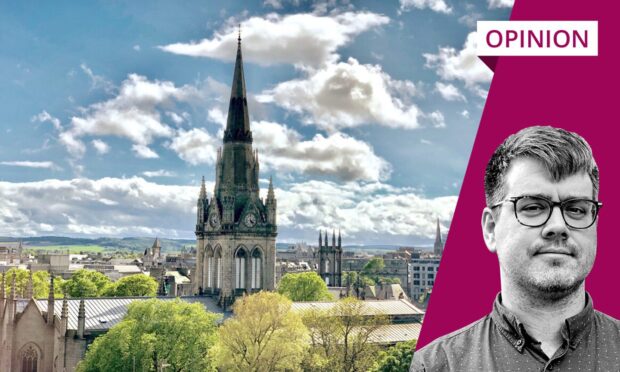
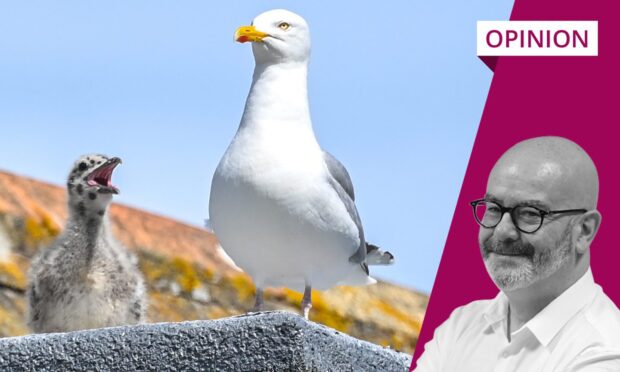
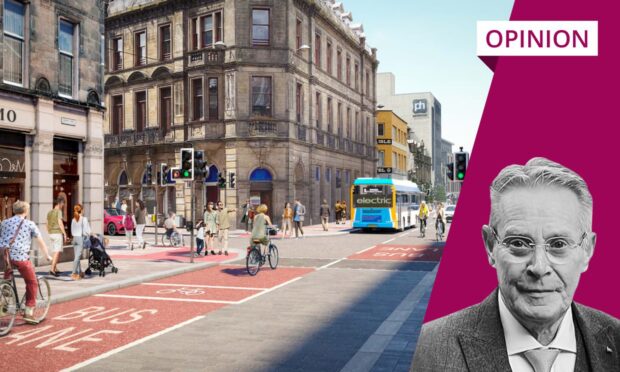
Conversation